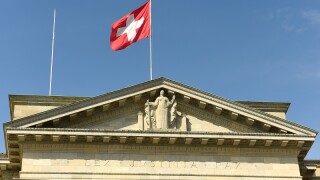July/August 2018
Main
International Correspondents
Features
Tax Relief
Special Features
News Analysis
Editorial
Sponsored
Sponsored
-
Sponsored by Debevoise & PlimptonSimilarities and differences exist between the US Model X Forms and Europe’s LMA documentation
-
Sponsored by FenXun PartnersThe PRC is putting policies in place to foster private investment into targeted technology areas
-
Sponsored by Prager DreifussThe Swiss Federal Supreme Court is yet to address the questions surrounding restrictions on the transferability of shares in a company


